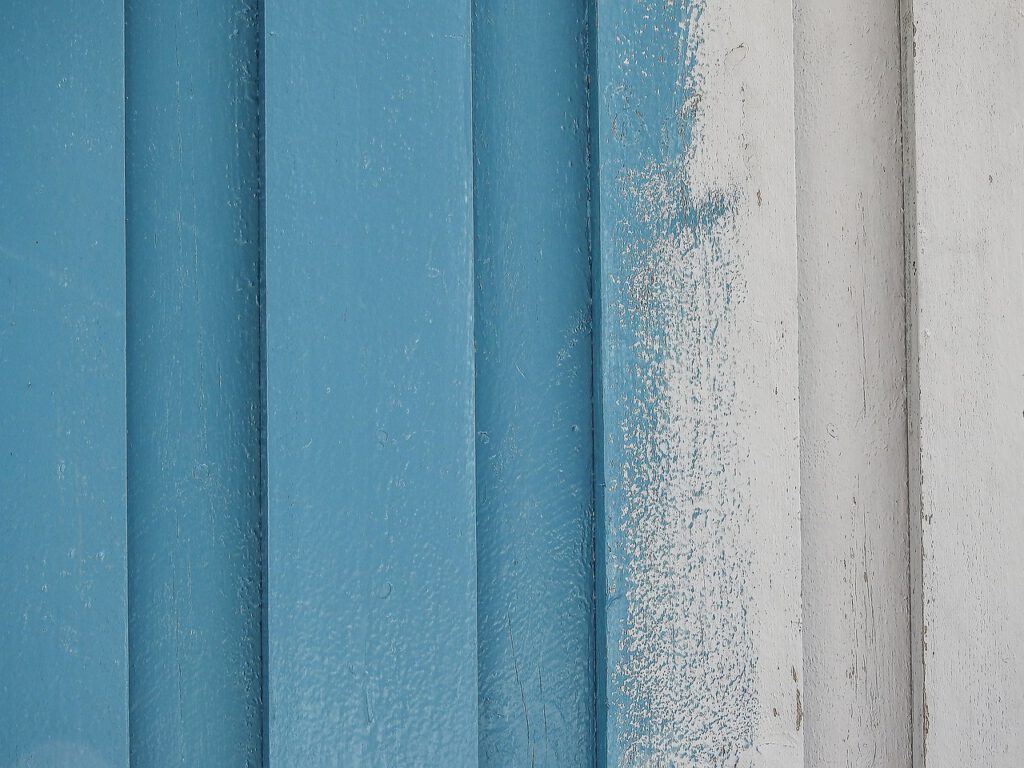Long-Term Durability: Environmentally Conscious Drywall Repair Methods for Minnesota’s Climate
by siteadmin

Minnesota’s diverse climate, marked by frigid winters and humid summers, poses unique challenges for homeowners when it comes to maintaining the structural integrity of their homes. One crucial aspect often overlooked is the durability of drywall. In this article, we will explore environmentally conscious drywall repair methods tailored to withstand the demands of Minnesota’s ever-changing weather conditions.
Understanding Minnesota’s Climate
Minnesota experiences extreme temperature variations throughout the year. Winters can bring freezing temperatures, while summers can be hot and humid. This climate can lead to moisture-related issues, such as mold growth and drywall damage. To ensure long-term durability, it is essential to choose repair methods that address these specific challenges.
Environmentally Conscious Drywall Materials
Opting for eco-friendly drywall materials is the first step towards a sustainable repair. Gypsum board made from recycled materials or low-VOC (volatile organic compound) compounds is an excellent choice. These materials not only contribute to reduced environmental impact but also offer enhanced durability, making them well-suited for Minnesota’s climate.
Moisture-Resistant Drywall
Given Minnesota’s susceptibility to moisture-related problems, using moisture-resistant drywall is crucial. This type of drywall, commonly known as greenboard or cement board, is designed to resist the growth of mold and mildew. Its water-resistant properties make it an ideal choice for areas prone to high humidity levels, such as bathrooms and basements.
Sealing and Insulating Gaps
Proper insulation and sealing of gaps in the walls play a significant role in maintaining a dry and comfortable indoor environment. Cold drafts during winter and excess moisture during summer can compromise the integrity of drywall. Using eco-friendly insulation materials and sealing gaps with non-toxic sealants not only improves energy efficiency but also contributes to the long-term durability of the drywall.
Natural and Non-Toxic Finishes
When it comes to finishing drywall repairs, choose natural and non-toxic paints and finishes. These alternatives reduce indoor air pollution and create a healthier living environment. Additionally, they contribute to the overall longevity of the drywall by preventing chemical reactions that could compromise its structure over time.
Proactive Maintenance Practices
Long-term durability goes hand in hand with proactive maintenance. Regularly inspecting drywall for signs of damage, such as cracks or water stains, allows for timely repairs and prevents minor issues from escalating into more significant problems. This approach helps homeowners to stay ahead of the curve and ensures the sustained resilience of their drywall against Minnesota’s climatic challenges.
Minnesota’s climate demands a thoughtful and environmentally conscious approach to drywall repair. By choosing sustainable materials, addressing moisture concerns, and implementing proactive maintenance practices, homeowners can ensure the long-term durability of their drywall. Taking these steps not only contributes to a more resilient home but also aligns with the growing need for eco-friendly solutions in construction and maintenance practices.
Minnesota’s diverse climate, marked by frigid winters and humid summers, poses unique challenges for homeowners when it comes to maintaining the structural integrity of their homes. One crucial aspect often overlooked is the durability of drywall. In this article, we will explore environmentally conscious drywall repair methods tailored to withstand the demands of Minnesota’s ever-changing…
Recent Posts
- Boca Dental and Braces Revolutionizes Orthodontic Care in Las Vegas
- Expert Cleaners Lexington Announces Commitment to Safe, Sustainable Cleaning Practices, Expanding to Georgetown, KY
- Expert Cleaners Lexington Announces Commitment to Safe, Sustainable Cleaning Practices, Expanding to Georgetown, KY
- Expert Cleaners Lexington Announces Commitment to Safe, Sustainable Cleaning Practices, Expanding to Georgetown, KY
- Expert Cleaners Lexington Announces Commitment to Safe, Sustainable Cleaning Practices, Expanding to Georgetown, KY
